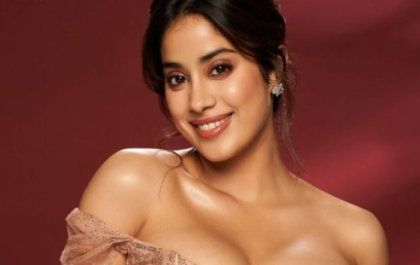The goal of machine learning, a subsection of AI, is to create algorithms and statistical models that will allow computers to learn from data and make judgments based on that data. Python’s vast ecosystem of modules and frameworks that support diverse machine learning tasks makes it a popular choice for ML projects. It is common for students to leave a machine-learning Python course with the expertise to develop machine-learning algorithms and apply them to real-world data. Several essential ideas may be covered in a standard Machine Learning Python Course.
-
Introduction to Machine Learning
The first part of the course might include an introduction to machine learning, its many uses, and the various approaches to the field, such as supervised learning, unsupervised learning, and reinforcement learning. In addition, students might gain an understanding of the value of data, data preprocessing, and feature engineering.
-
Machine Learning with Python
The course could cover the fundamentals of Python, the most popular programming language in the machine learning community, including data types, loops, variables, conditional statements, functions, and libraries like NumPy, Pandas, and Scikit-Learn.
-
Supervised Learning
Linear regression, decision trees, logistic regression, support vector machines, collaborative methods like random forests, and gradient boosting might all be discussed in this potential supervised learning course. Students might also become familiar with model evaluation strategies like cross-validation and performance metrics like accuracy, precision, recall, and F1-score.
-
Unsupervised Learning
Unsupervised learning algorithms such as k-means clustering, hierarchical clustering, and DBSCAN may be covered in this course, along with dimensionality reduction methods like principal component analysis (PCA) and t-SNE. The assessment techniques for unsupervised learning, such as the silhouette score and the clustering validation metrics, may also be taught to students.
-
Model Selection and Tuning
Methods like grid search, random search, and cross-validation for hyperparameter optimization might be covered in the course. Students may also gain knowledge of strategies for addressing common problems with machine learning models, such as regularization, the bias-variance tradeoff, and overfitting.
-
Deep Learning
Deep learning concepts like neural networks, activation functions, backpropagation, and optimization methods like gradient descent could be taught in this course. Major deep learning frameworks and deep learning models in areas such as image recognition and natural language processing may also be covered.
-
Advanced Subjects
Some courses may also cover advanced subjects like ensemble learning, feature selection, model deployment, and model interpretation approaches like explainable AI (XAI). The course material may also include a discussion of ethical concerns related to machine learning.
-
Practical Applications
Students in a machine learning Python course might also work on hands-on projects and exercises designed to help them apply what they’ve learned to real-world datasets. This may involve utilizing Python modules and frameworks to prepare data for modelling, train and evaluate models, and finally deploy the models.
Conclusion
A machine learning Python course is structured to introduce students to the theory and practical application of machine learning algorithms in Python. Fundamental ideas, machine learning algorithms, evaluation methods, model selection, deep learning, and more advanced subjects and applications are covered. This course aims to give students the background they need to build, test, and deploy machine learning models in Python for various uses.
Related posts
Recent Posts
InformalNewz: A New Era of Unconventional News Reporting
In the ever-evolving landscape of media and journalism, new platforms and approaches are constantly emerging to meet the demands of…
Balanced Living: Strategies for Achieving Wellness in a Hectic World
In today’s fast-paced world, achieving a sense of balance can often feel like an elusive goal. Juggling work, family, social…



